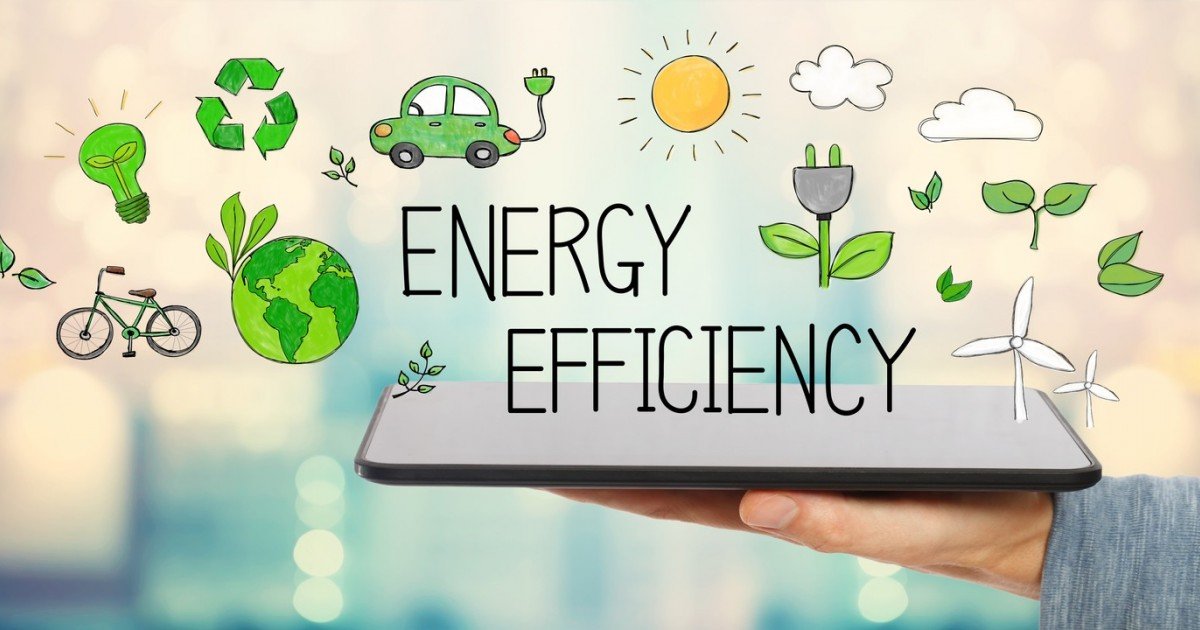In an era defined by rapid technological advancements and growing environmental concerns, the quest for energy efficiency has never been more critical. As global energy demands continue to rise, traditional methods of energy management are proving insufficient to meet the challenges of sustainability and resource conservation. Enter Artificial Intelligence (AI)—a transformative force that is reshaping industries and offering innovative solutions to optimize energy use. AI-driven solutions are emerging as a cornerstone of future energy efficiency, enabling smarter, more sustainable, and cost-effective energy management systems.
The Role of AI in Energy Efficiency
AI refers to the simulation of human intelligence in machines that are programmed to learn, reason, and make decisions. When applied to energy systems, AI can analyze vast amounts of data, identify patterns, and predict outcomes with remarkable accuracy. This capability allows AI to optimize energy consumption, reduce waste, and enhance the performance of energy infrastructure.
From smart grids to intelligent buildings, AI is revolutionizing how energy is generated, distributed, and consumed. By leveraging machine learning algorithms, predictive analytics, and IoT (Internet of Things) devices, AI-driven solutions are paving the way for a more energy-efficient future.
Key AI-Driven Solutions for Energy Efficiency
- Smart Grids and Demand Response
One of the most significant applications of AI in energy efficiency is the development of smart grids. These advanced electrical grids use AI to monitor and manage energy flow in real-time, ensuring optimal distribution and reducing energy losses. AI algorithms can predict energy demand patterns, balance supply and demand, and even integrate renewable energy sources like solar and wind power more effectively.Additionally, AI enables demand response programs, where consumers are incentivized to reduce energy usage during peak periods. By analyzing consumption data, AI can identify opportunities for load shifting and encourage behavioral changes that contribute to overall energy savings. - Predictive Maintenance for Energy Infrastructure
Energy infrastructure, such as power plants and transmission lines, requires regular maintenance to operate efficiently. AI-powered predictive maintenance systems use sensors and data analytics to monitor equipment health and predict potential failures before they occur. This proactive approach minimizes downtime, reduces repair costs, and ensures that energy systems operate at peak efficiency. - Energy Optimization in Buildings
Buildings account for a significant portion of global energy consumption. AI-driven building management systems (BMS) are transforming how energy is used in commercial and residential spaces. These systems use AI to control heating, ventilation, air conditioning (HVAC), lighting, and other energy-intensive systems based on real-time data and occupancy patterns.For example, AI can adjust thermostat settings automatically when rooms are unoccupied or optimize lighting based on natural daylight availability. Such intelligent automation not only reduces energy waste but also enhances comfort and productivity for occupants. - Renewable Energy Integration
The transition to renewable energy sources is a key component of global efforts to combat climate change. However, the intermittent nature of renewables like solar and wind poses challenges for energy grids. AI can address these challenges by forecasting energy generation from renewable sources and optimizing their integration into the grid.AI algorithms can predict weather patterns, estimate energy output, and balance it with demand, ensuring a stable and reliable energy supply. This capability is crucial for maximizing the use of clean energy and reducing reliance on fossil fuels. - Energy-Efficient Manufacturing
Industrial processes are often energy-intensive, but AI is helping manufacturers reduce their energy footprint. AI-driven systems can monitor and optimize energy usage in real-time, identifying inefficiencies and suggesting improvements. For instance, AI can optimize the operation of machinery, reduce idle times, and streamline production schedules to minimize energy consumption. - Personalized Energy Recommendations
AI is also empowering consumers to make smarter energy choices. Smart home devices equipped with AI can analyze individual energy usage patterns and provide personalized recommendations for reducing consumption. From suggesting energy-efficient appliances to offering tips on reducing standby power, AI is making it easier for households to contribute to energy efficiency.
The Benefits of AI-Driven Energy Efficiency
The adoption of AI-driven solutions for energy efficiency offers numerous benefits, including:
- Reduced Energy Costs: By optimizing energy use, AI helps consumers and businesses save on energy bills.
- Lower Carbon Emissions: Improved energy efficiency translates to reduced greenhouse gas emissions, contributing to climate change mitigation.
- Enhanced Grid Reliability: AI ensures a stable and resilient energy grid, reducing the risk of blackouts and disruptions.
- Scalability: AI solutions can be scaled to meet the needs of individual households, large industries, and entire cities.
- Data-Driven Decision Making: AI provides actionable insights based on real-time data, enabling informed decision-making for energy management.
Challenges and the Road Ahead
While the potential of AI-driven energy efficiency solutions is immense, there are challenges to overcome. These include the high initial costs of implementing AI systems, concerns about data privacy and security, and the need for skilled professionals to develop and manage AI technologies. Additionally, the integration of AI into existing energy infrastructure requires careful planning and collaboration among stakeholders.
Despite these challenges, the future of AI in energy efficiency looks promising. Governments, businesses, and researchers are increasingly investing in AI technologies to drive sustainable energy solutions. As AI continues to evolve, its applications in energy management will become more sophisticated, unlocking new opportunities for efficiency and innovation.
Conclusion
AI-driven solutions are at the forefront of the global effort to achieve energy efficiency and sustainability. By harnessing the power of AI, we can create smarter energy systems, reduce waste, and transition to a cleaner, greener future. As technology advances and adoption grows, AI will play an increasingly vital role in shaping the energy landscape, ensuring that we meet the demands of today without compromising the needs of tomorrow. The future of energy efficiency is intelligent, and AI is leading the way.
